Picture this: your cat is sprawled across a sunny windowsill, eyes half-closed, tail twitching occasionally. They look perfectly content, maybe even a little too relaxed. Yet beneath that peaceful exterior, something more complex might be happening. Your seemingly satisfied feline could actually be experiencing something many pet owners never consider – boredom.
The truth is, cats are masters at hiding their feelings. That serene lounging session might actually be masking a deeper need for stimulation and engagement. Indoor cats face unique challenges that their outdoor counterparts never encounter, leading to a hidden world of restlessness that often goes completely unnoticed.
The Hidden Reality Behind Your Cat’s Peaceful Demeanor
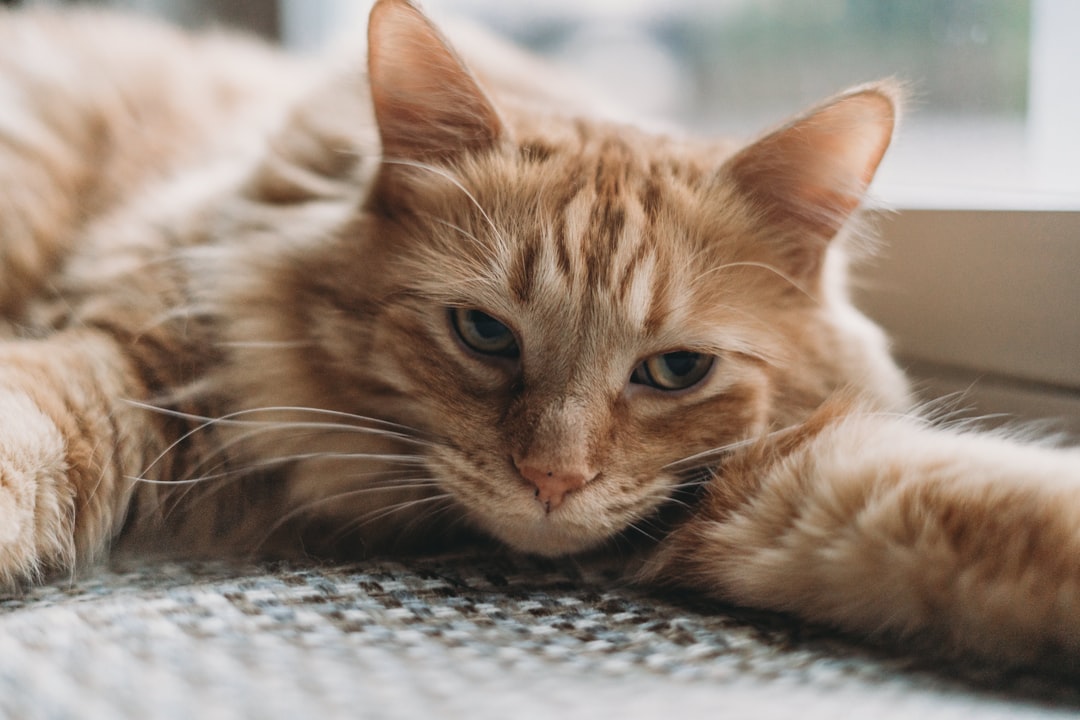
Cat boredom is a real thing, but it isn’t always easy to spot. Cats are notorious for hiding how they feel, making it challenging for even the most attentive pet owners to recognize when their feline friend needs more stimulation. What appears to be contentment might actually be resignation to a monotonous routine.
Think about it from your cat’s perspective. Cats are naturally intelligent, curious, and athletic hunters that require plenty of mental and physical stimulation. When these instincts aren’t satisfied, they don’t necessarily vocalize their dissatisfaction like dogs might. Instead, they often retreat into a state that looks remarkably similar to peaceful satisfaction.
The key difference lies in engagement levels. A truly content cat will show interest in their surroundings, respond to stimuli, and display natural behaviors throughout the day. Cats should spend their awake time alert and taking an interest in their surroundings. If they don’t, or if they are sleeping more than usual, they may be bored.
Warning Signs Your Cat Is Silently Struggling
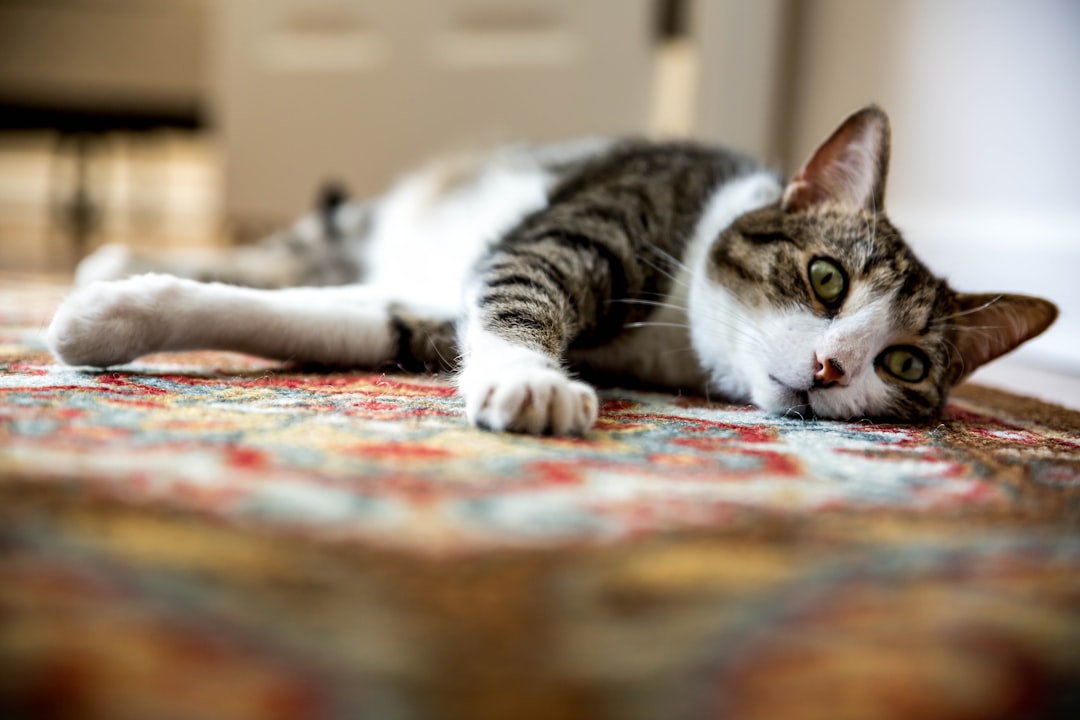
Recognizing feline boredom requires careful observation of subtle behavioral changes. A bored cat will end up displaying undesirable behaviors, including excessive vocalization, overgrooming, and inappropriate elimination. These signs often develop gradually, making them easy to miss initially.
One of the most telling indicators is changes in sleep patterns. Cats can sleep up to 12 to 16 hours a day, so more hours than that may signal boredom. However, it’s not just about quantity – it’s about the quality of their awake time. If daily slumber consistently exceeds 16 hours, or if there’s lethargy, appetite decline, or disinterest in interaction, a health concern or mental factor like boredom could be involved.
Excessive vocalization represents another significant red flag. A bored cat that’s feeling a lack of stimulation might learn that you will pay them attention and maybe play if they meow constantly. This behavior often escalates over time as cats learn that vocalizing gets results.
The Grooming Trap Many Owners Miss

Bored cats may constantly lick and clean themselves to the point of creating bald patches or skin irritation. Cats often resort to this excessive grooming in order to self-soothe when they are understimulated. This behavior can be particularly deceptive because grooming is such a natural feline activity.
The challenge lies in distinguishing between normal grooming and compulsive behavior. Cats spend up to 30-50% of their waking hours grooming themselves, so overgrooming in cats can be challenging to identify. Some signs of excessive grooming include bald spots in the fur, more hairballs than usual, and sensitive sores on their skin.
Many cat owners dismiss overgrooming as simple cleanliness or stress from obvious sources. However, chronic understimulation can trigger this self-soothing behavior, creating a cycle where boredom leads to physical discomfort, which then reinforces the need for more grooming.
When Eating Becomes Entertainment
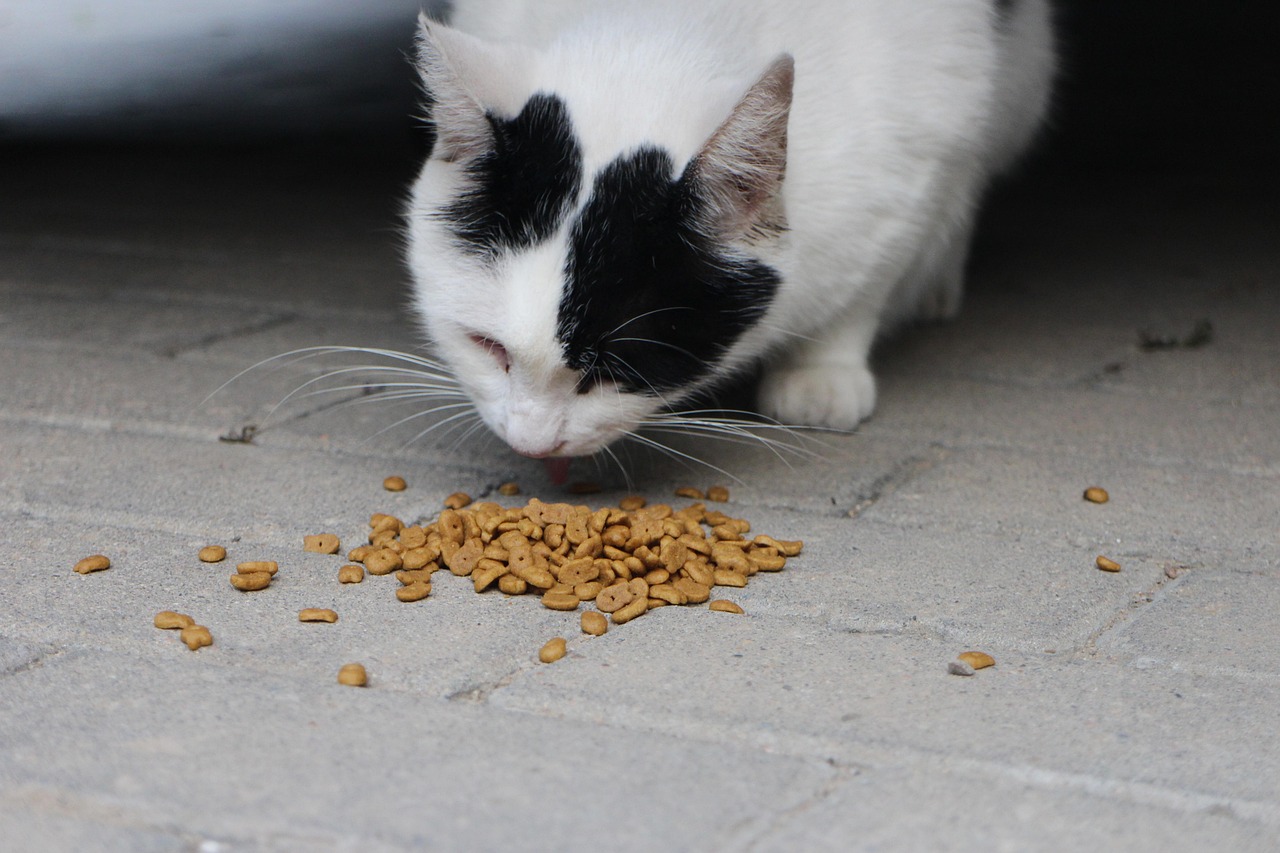
Food-related behaviors often shift dramatically in bored cats. Fluffy may overeat if she has nothing else to do. This is rather like the kitty equivalent of someone mindlessly munching through a bag of chips or a box of cookies without really thinking much about it. This mindless eating can quickly lead to weight gain and associated health issues.
Bored cats are in synch with bored humans on this front. They’ll over-eat as an just because it is something to do. This can lead to obesity, which further depresses a cat. The relationship between boredom and eating creates a particularly problematic cycle that can impact long-term health.
Conversely, some cats may show decreased interest in food when chronically bored. If your cat seems down in the dumps and uninterested in most things that normally get her active, including food, it could be a sign that she isn’t getting enough mental stimulation. This loss of appetite can be just as concerning as overeating.
The Destructive Side of Feline Frustration

When cats can’t channel their natural instincts appropriately, destruction often follows. Cats, when bored, may engage in destructive behaviors such as scratching furniture, shredding curtains, or chewing on household items. Destructive behavior can be a cry for attention. These behaviors represent attempts to satisfy hunting and exploring instincts.
A bored cat will often find things to do to liven up the day – and this could be hiding out under the bed or on top or doors to pounce on those walking past. Or they could just be grumpy, fed up and so less tolerant or unwilling to be handled. This behavior often surprises owners who expect their “docile” indoor cat to remain consistently gentle.
The frustration can also manifest as inappropriate elimination. When a cat is under-stimulated, they first experience boredom, which can then result in stress. Because of this, they may be inclined to pee or poo outside their litter box. So, if you start to find waste on your floor or furniture, it’s time to start taking notice and figure out whether your cat could be bored.
The Social Withdrawal Phenomenon

Boredom can significantly impact your cat’s social behavior and relationship with family members. A bored cat likely has pent-up energy that will cause them to become aggressive and lash out at other pets or family members. This aggression often catches owners off guard, especially when it seems to come from nowhere.
A common sign of boredom can be cat aggression towards other animals. This can be in the form of fighting, chasing, or getting into trouble with other animals, whether they are feline, or canine. It may be that your cat is trying to find engagement and stimulation wherever possible.
Alternatively, some cats become increasingly clingy when bored. Cats may resort to attention-seeking behaviors like pawing at you, climbing on your lap incessantly, or demanding constant petting when they are bored. This behavior represents an attempt to gain stimulation through increased human interaction when environmental enrichment is lacking.
The Modern Indoor Cat Crisis

Cats that are kept indoors without access to the outside world are more likely to become bored. There are various signs that can indicate a cat is lacking mental and physical stimulation in their day-to-day life. The indoor lifestyle, while safer, removes many natural stimulation opportunities that outdoor cats take for granted.
Cats with access to the outdoors can roam, exercise and hunt as much as they want. Indoor cats do not have this opportunity, so it is up to us to make sure they are stimulated both mentally and physically within the home environment. This responsibility often overwhelms pet owners who underestimate their cat’s enrichment needs.
The problem has intensified in recent years as more owners choose to keep cats indoors for safety reasons. Indoor cats, and cats who spend more time indoors during the colder winter months, can be particularly prone to boredom. Especially if they do not have enough entertainment indoors. This seasonal pattern often goes unrecognized by owners.
Revolutionary Solutions That Actually Work
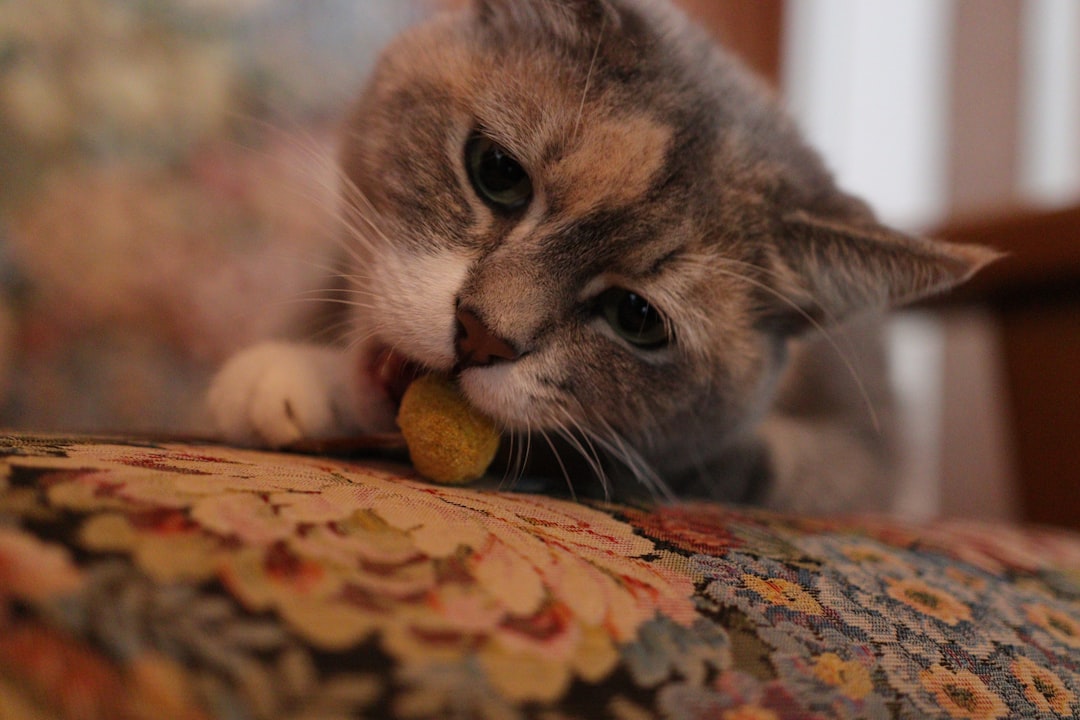
The good news is that preventing and addressing cat boredom doesn’t require expensive equipment or major lifestyle changes. Providing enriching experiences for your cat doesn’t have to require a lot of time, effort, or money. There are many simple and easy ways to stimulate your cat’s mind and body, from toys to food games and DIY projects with items you probably already have in your home.
Puzzles act on your kitty’s natural instincts to forage and are a great addition to your cat’s enrichment activities. These interactive feeders transform mealtime from a passive activity into an engaging challenge. One of my favorite cat enrichment ideas is using puzzle feeders. They turn mealtime into a game, engaging your cat’s brain while also slowing down those fast eaters.
Rotation becomes crucial for maintaining interest. When you notice your cat becoming bored with self-play toys, store them away in an airtight container with some catnip and rotate them in at a later date. This simple strategy keeps familiar toys feeling fresh and exciting.
Creating Vertical Kingdoms
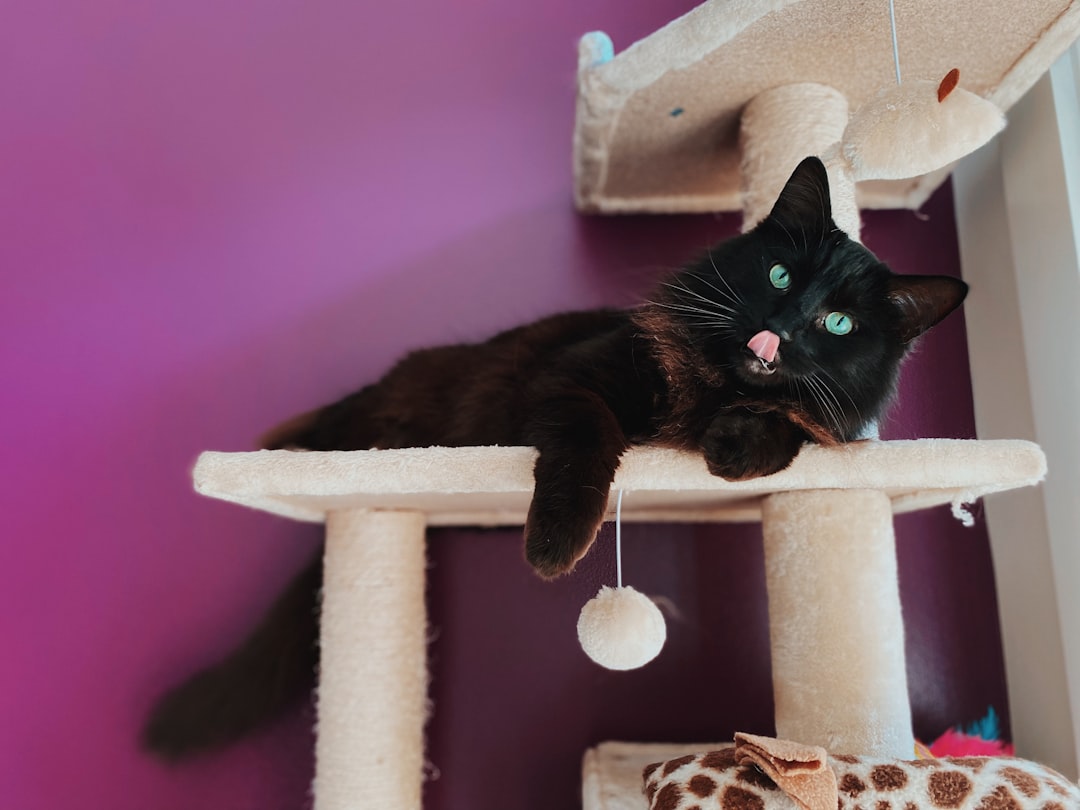
Vertical space is essential indoor enrichment for cats. In the wild, felines are predators and prey, and they feel more comfortable and confident when they can survey their environment from above. This instinctual need often gets overlooked in traditional home setups that focus primarily on floor space.
Cats feel secure when they’re up high. Fluffy can’t see much from ground level! Kitties often instinctively feel safe in high spots, where they can spot that coyote or hyena. Providing elevated perches satisfies both security and stimulation needs simultaneously.
Wall-mounted shelves, cat trees, or bookcases with a cozy blanket can serve as the perfect lookout tower. This vertical space gives her a territory she can call her own. The investment in vertical enrichment often pays dividends in reduced behavioral problems and increased contentment.
The Power of Interactive Play
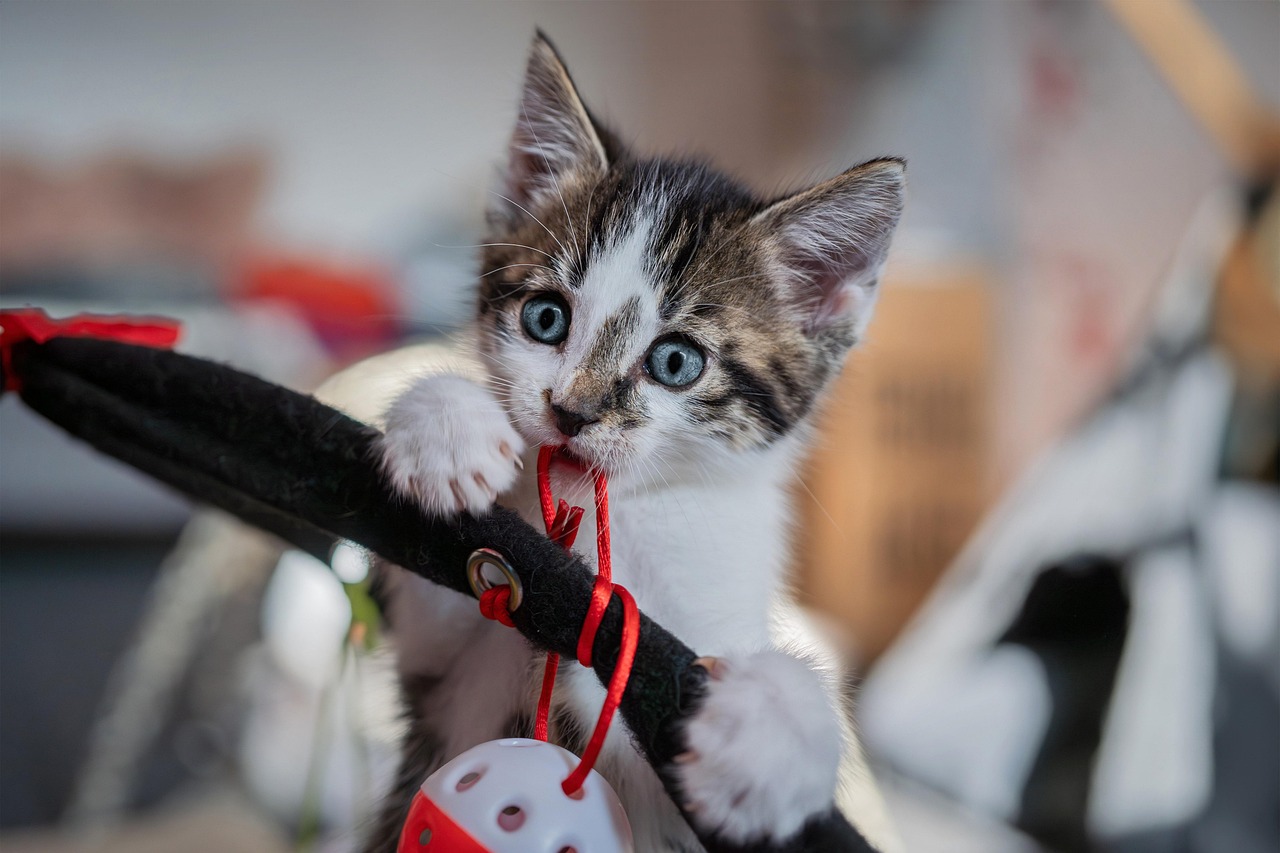
Regular, structured playtime can transform a bored cat’s entire demeanor. Playing with your cat for 10-15 minutes several times per day is one of the simplest, most rewarding ways to prevent boredom. However, the quality of play matters as much as the quantity.
The best boredom busters for cats will enrich and engage their natural instincts. He also adds that cats get bored with games that never pay off, so you’ll want to give them toys they can catch or puzzles they can “win.” “Otherwise, you’re basically running a casino that never pays out”. This insight explains why laser pointers, while entertaining, can sometimes increase frustration rather than satisfaction.
Cats love the thrill of the hunt and enjoy stalking and chasing “prey.” You can use feather wands or motorized toys to mimic prey animal movements and encourage your cat to run and jump as they go in for the “kill”. These interactive sessions should end with your cat successfully “catching” their target.
Recognizing When Professional Help Is Needed
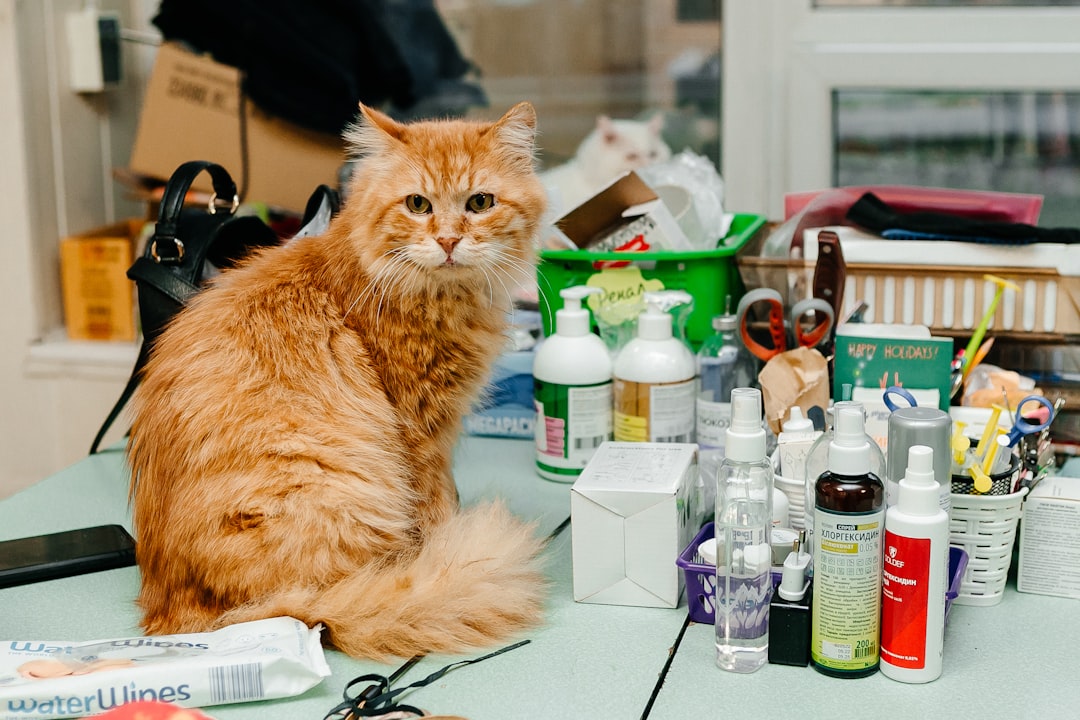
Sometimes, despite your best efforts, professional intervention becomes necessary. While all these signs may be symptoms of boredom, they may be signs of medical or behavior problems, too. If you notice your cat doing any of these things, be sure to seek advice from your vet to rule out any health problems that could be driving your cat’s behavior. Once you’ve confirmed that your cat has no health issues and boredom is the problem, work towards providing a more enriching environment for your cat.
Your cat may have an underlying health issue if it is showing signs of boredom but won’t play. It’s crucial to set up an appointment with your veterinarian to rule out any medical problems and discuss potential solutions. Your vet can also offer advice on how to encourage your cat to play and provide appropriate environmental enrichment.
The distinction between medical issues and behavioral problems can be subtle, making professional assessment valuable. Many symptoms of boredom can also indicate underlying health conditions, so ruling out medical causes should always be the first step in addressing concerning behaviors.
Building Tomorrow’s Cat Paradise
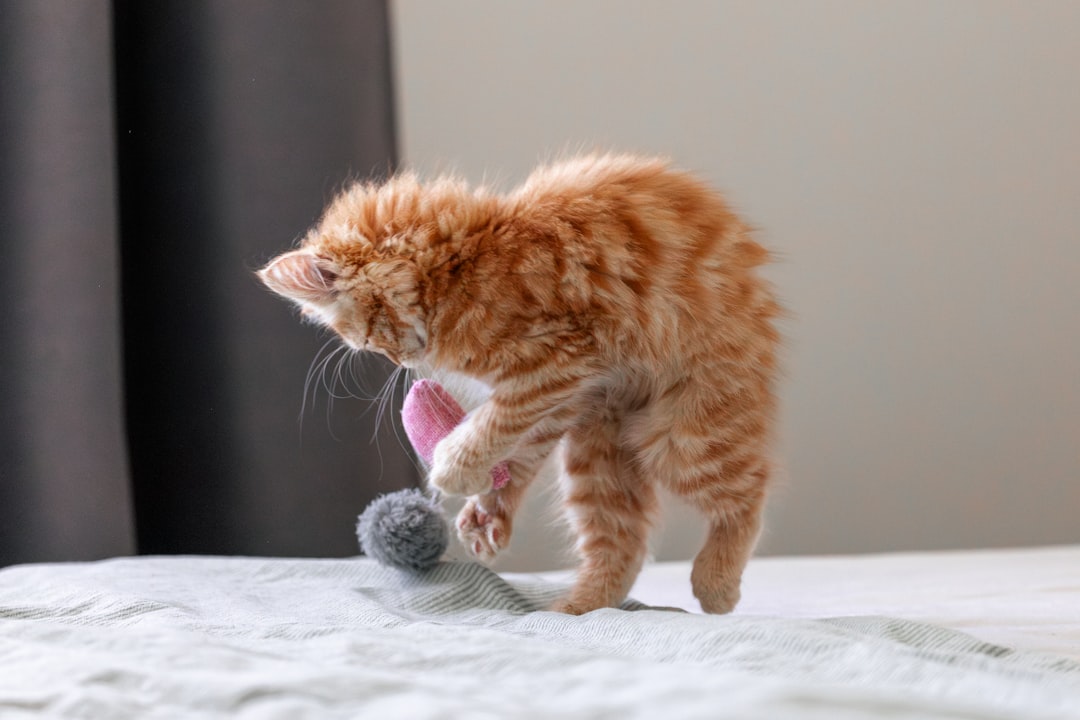
Cat enrichment prevents boredom, burns energy, and helps reduce stress or anxiety in our cats. The investment in your cat’s mental and physical stimulation pays dividends in their overall health, behavior, and quality of life. Creating an enriched environment doesn’t happen overnight, but small, consistent changes can make dramatic differences.
Indoor enrichment is essential for both physical health and mental well-being. The best enrichment toys combine hunting, chewing, licking, climbing, and problem-solving activities to engage cats’ natural instincts. The landscape of cat enrichment continues to evolve with innovative solutions.
Cats thrive when their environment challenges and excites them. After years of working with pet parents, I can say that the happiest indoor cats are those with access to varied enrichment. Whether it’s chasing a laser, solving a food puzzle, or licking a frozen treat, the right toy doesn’t just entertain – it supports a healthier, calmer, and more balanced cat.
That peaceful cat on your windowsill might be more complex than you ever imagined. Behind those half-closed eyes could be a mind yearning for adventure, challenge, and stimulation. The next time you see your feline friend in their favorite sunny spot, take a moment to consider: are they truly content, or are they simply making the best of a world that’s become too predictable? What do you think about it? Tell us in the comments.






